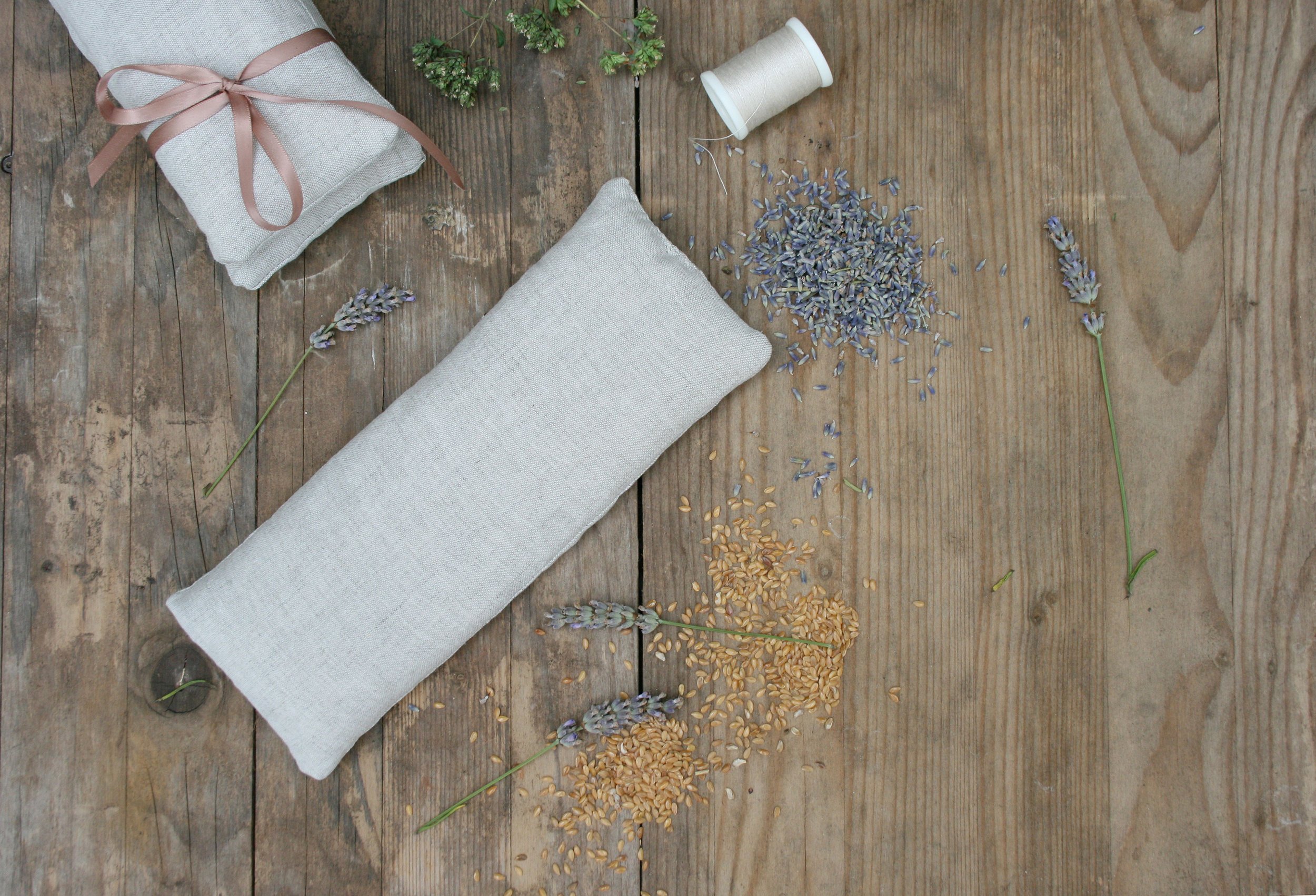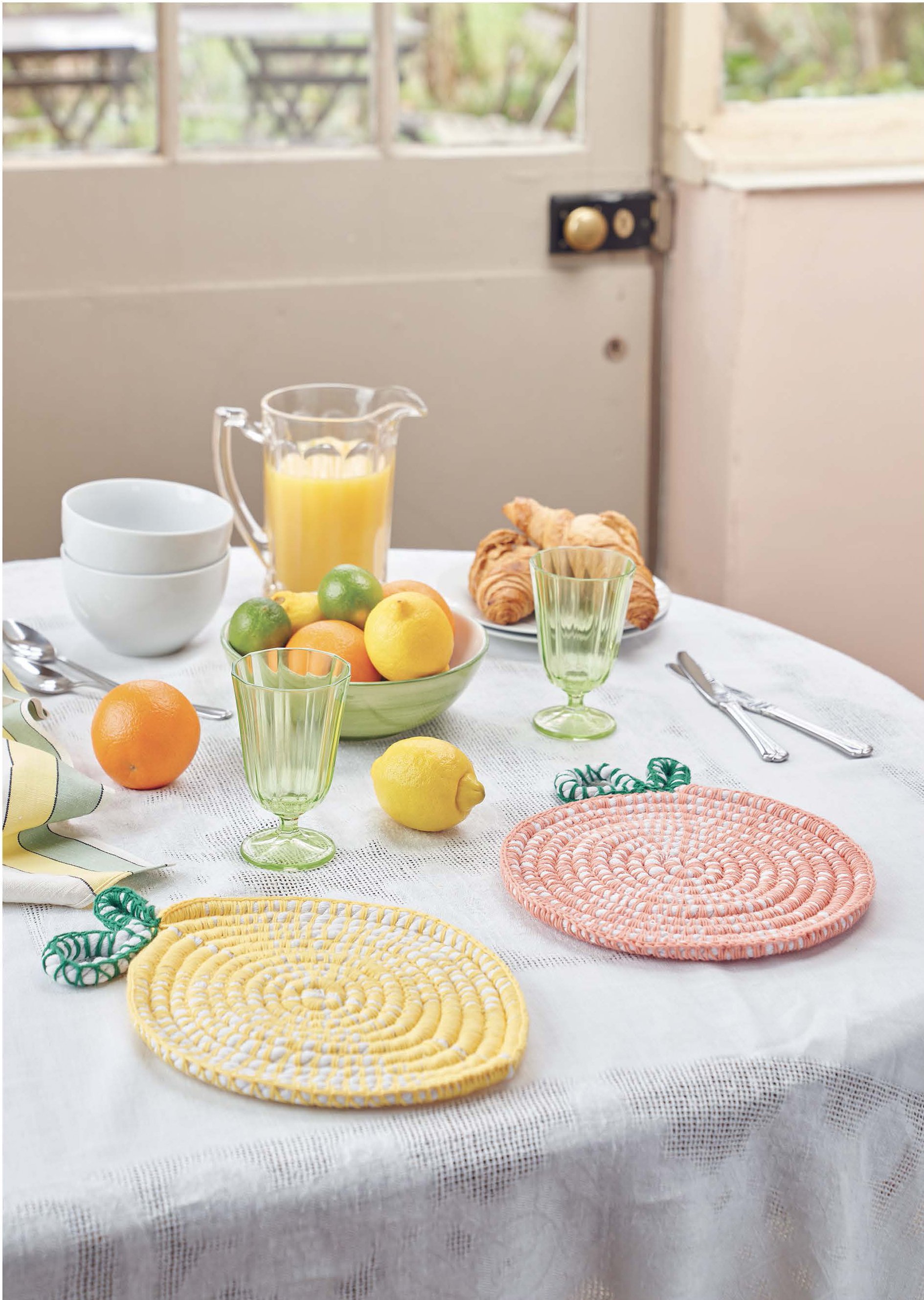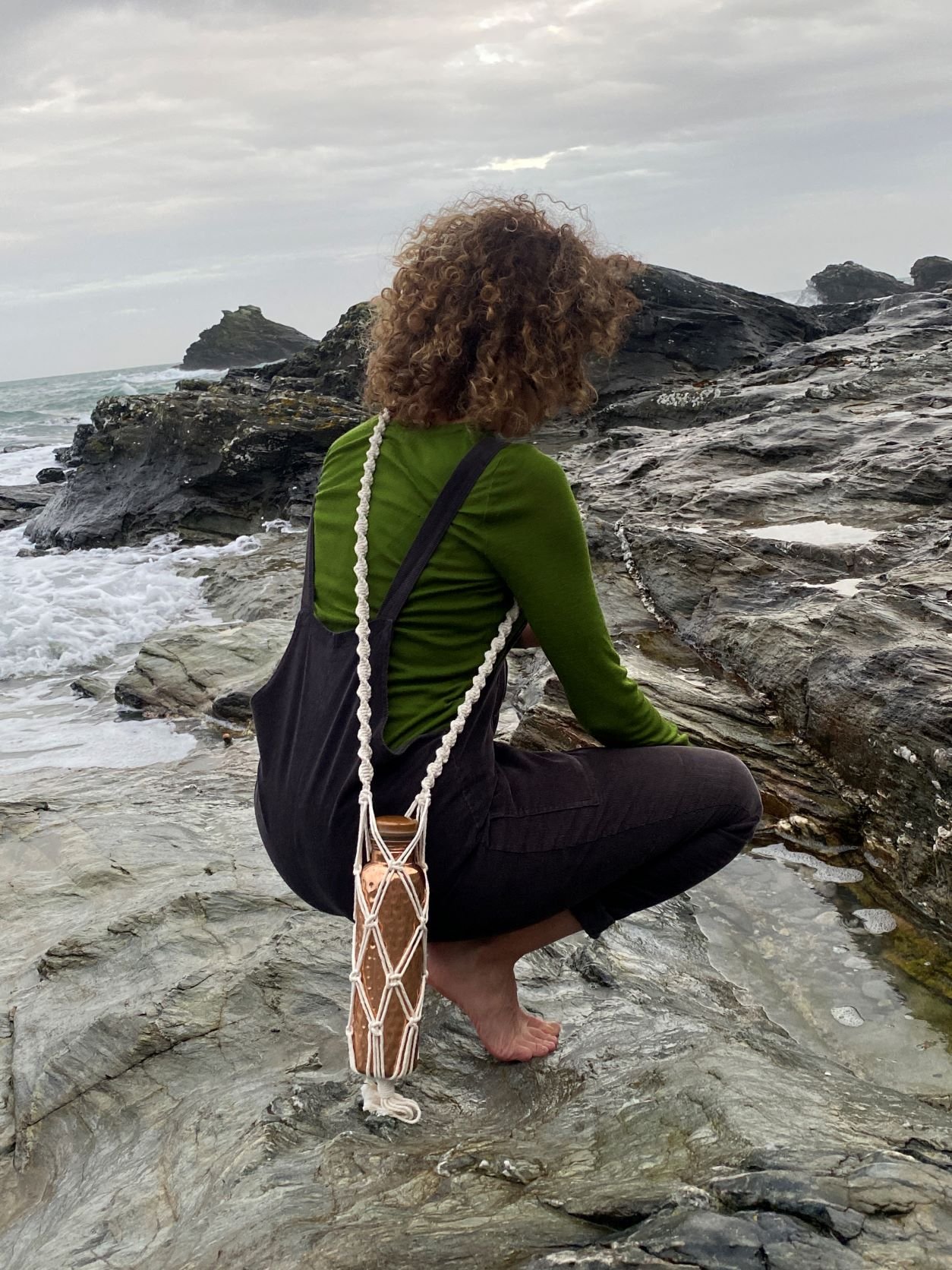Find your bi-focals. Who could resist a teeny, tiny, elf-sized book?
Hands up who DIDN’T, at least once in their childhood, try to write a teeny tiny book? We thought not. It’s a rite of passage, like making perfume from rose petals that smelt like drains and building a den from old wood and rusty nails in the garden that collapsed on top of you and gave your mother an attack of the vapours.
We were reminded of the joy of making a tiny book as we put together the Weekend Project, Booksmarts, for our September issue. (Pick up a copy of our ‘Begin’ issue in the shops this week and learn how to make various tiny books yourself.) The project is by The Travelling Book Binder, Rachel Hazell, who has many more similar projects in her book Bound: 15 Beautiful Bookbinding Projects (Kyle Books) and extolls the excitement of making something three-dimensional out of a bundle of old paper.
Being able to write a story is an amazing talent, but having the ability to create a story from nothing and immediately transform it into a physical thing that can be held and shared by others is simply magical.
It reminded us of seeing the Bronte children’s teeny tiny books years ago at the Bronte Parsonage Museum in Haworth. The elfin-sized novels with stories that looked like they had been penned by fairies are spellbinding to see in the flesh. Particularly, perhaps if you saw them as a child, or through a child’s eyes. These tiny manuscripts, unlinke the later Bronte novels, were never penned to be read, and certainly not by mere grown-ups whose shoddy eyesight and sausage fingers would barely be able to turn the pages and read the words. They were written by the Bronte children for their own, and no one else’s, pleasure. So they’re without pretence, uninhibited by any perceived lack of skill or concern to impress.
Many of the stories follow the rise of two pretend worlds: Angria (penned by Charlotte and Branwell) and Gondal (written by Emily and Anne). Before that, the children wrote about the part-fictional, part-reality-based Glass Town, as well as many miscellaneous stories. Some have been uploaded by Harvard University and they can be read (squinted at) online here. They’re well worth an afternoon’s browsing with a cup of tea when you have a moment.
And if you’re inspired to pen your own nano-novel, The Bronte Parsonage Museum has kindly made its own printable, which you can download to help you get started. Click here for the printable.
Happy tiny crafting.
Get hold of your copy of this month's The Simple Things - buy, download or subscribe






